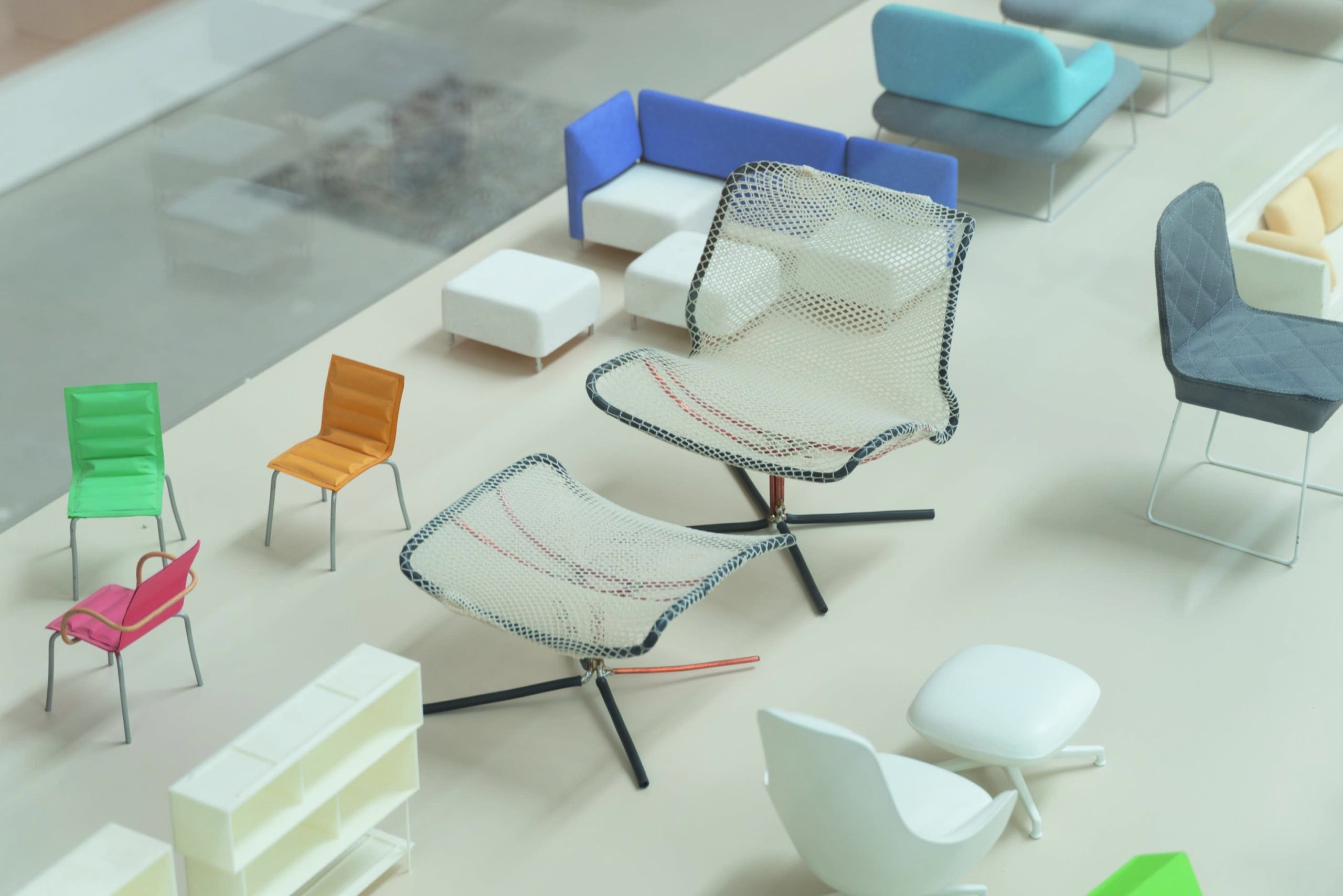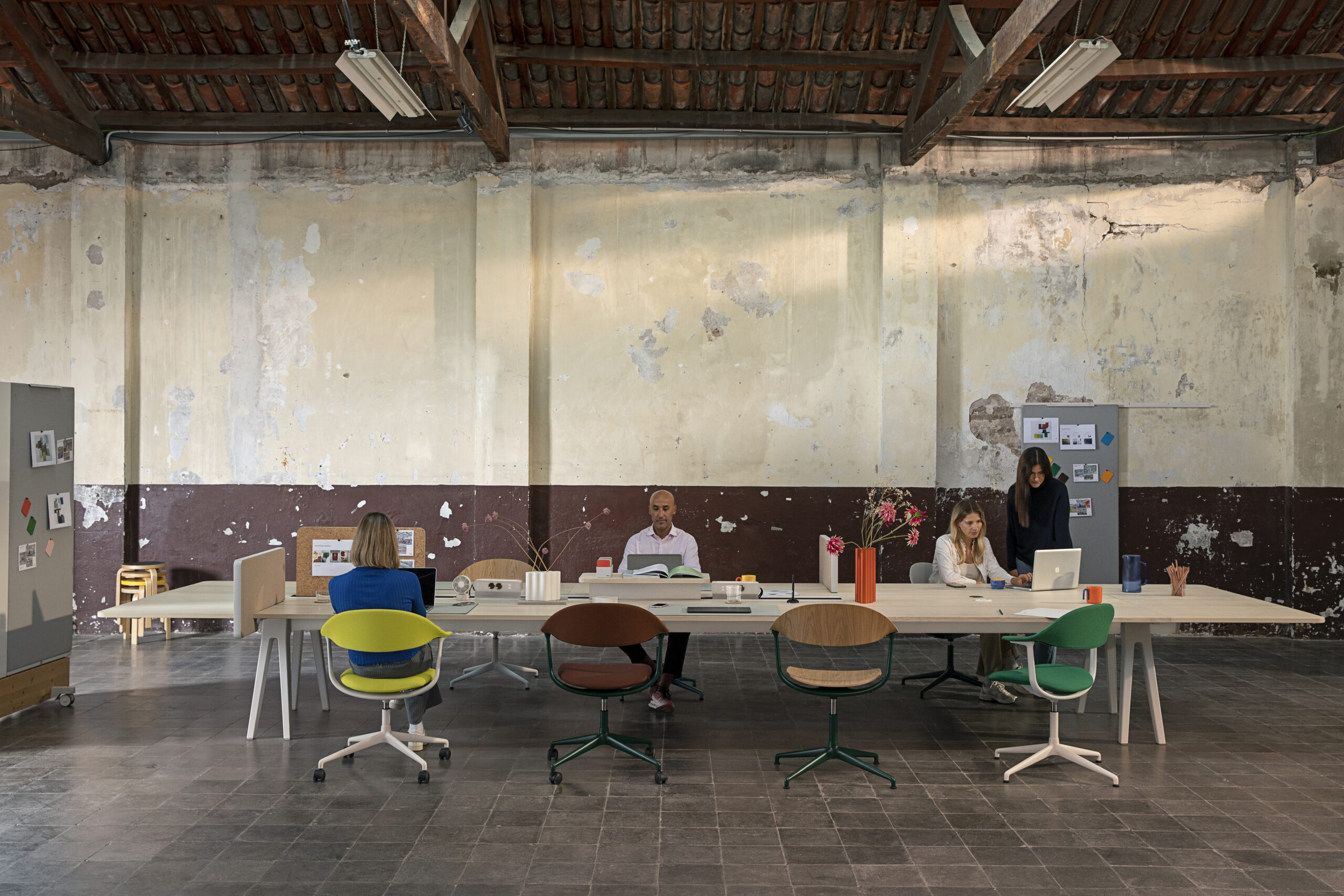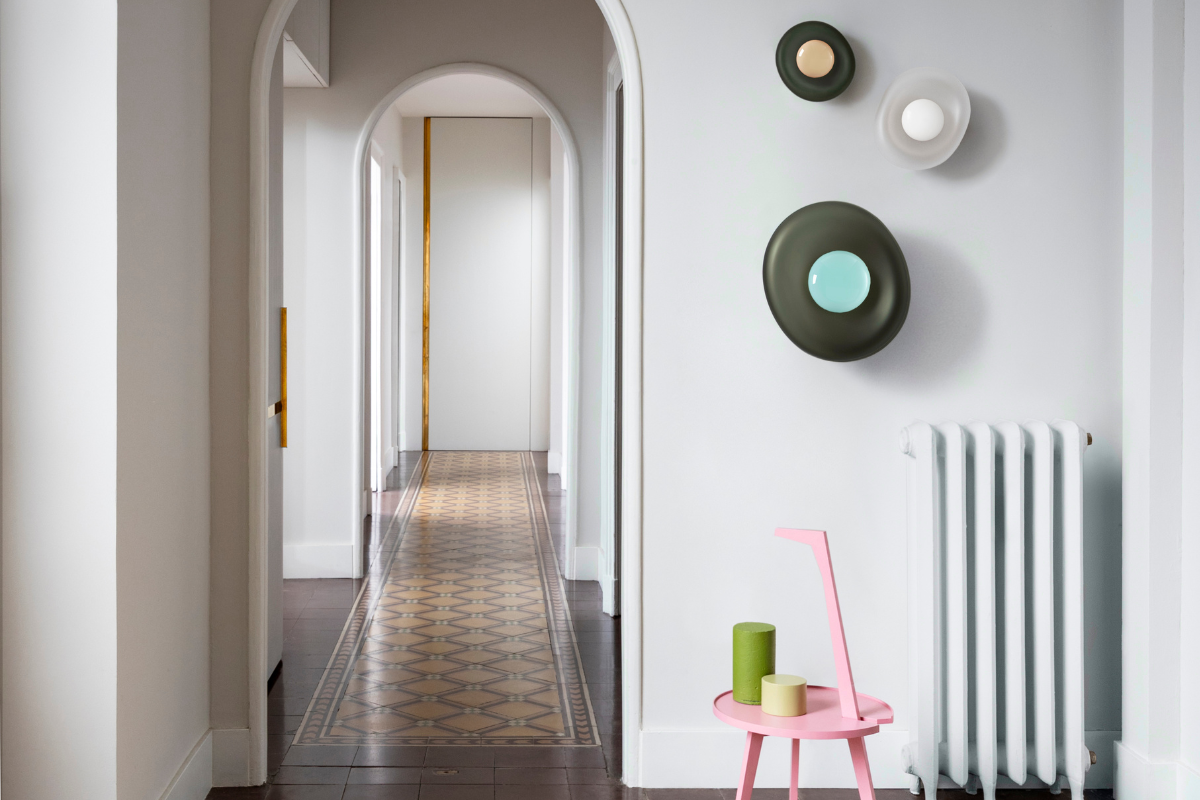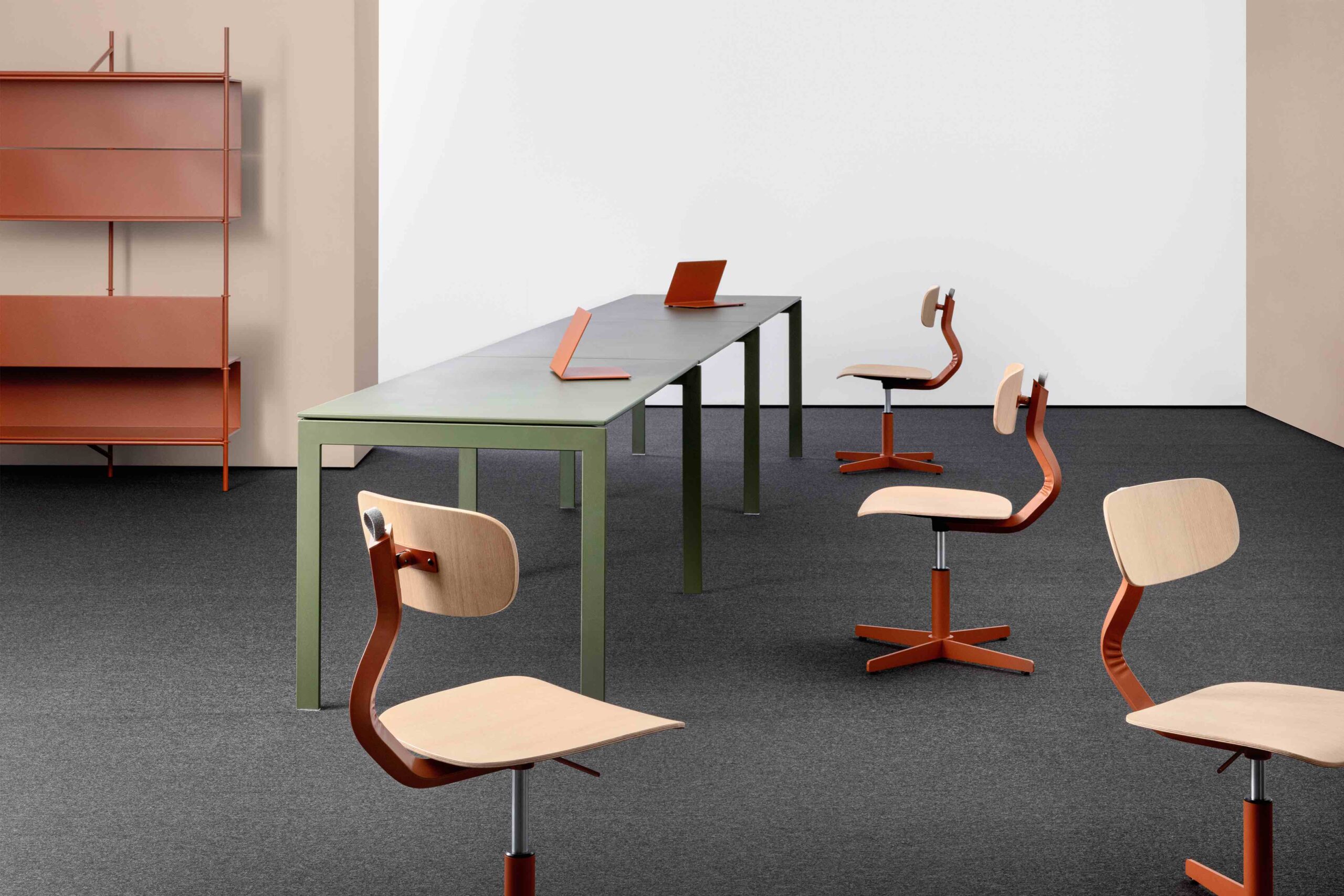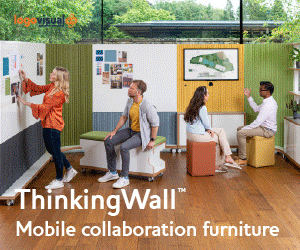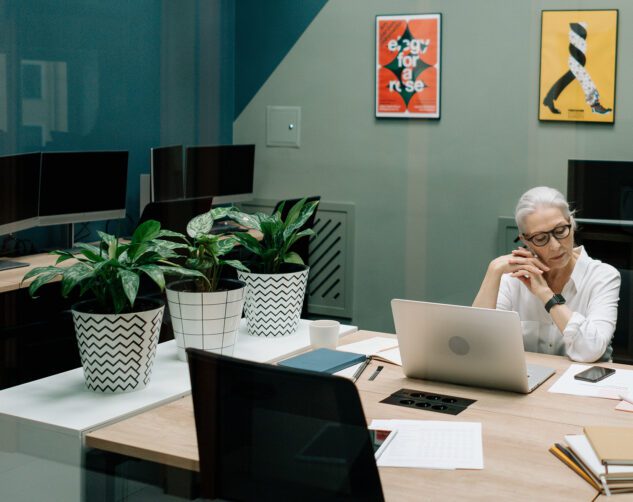
Workplace design in the home and office must embrace ageing, says David Schill, Aritco Lift’s head of marketing
We are all ageing. By 2050, over two billion people in the world, or one in five of us, will be aged 60 or over. This global cohort of consumers has huge spending power. In the next couple of decades, experts predict that adults aged over 55 will account for 63p out of every pound spent in the UK.
We all appreciate design throughout our lives. In fact, older people are canny, discerning consumers as they are more likely to seek out quality products, invest in their homes and workspaces, and are statistically more likely to care about sustainability. Despite this, ‘third agers’ are routinely ignored by designers, marketers and manufacturers.
What is the ‘third age’? British academic and historian Peter Laslett coined the term in the 1980s. He explained that the first age consists of childhood and adolescence which is focused on education and training. The second age is devoted to parenting and building a career, and the third age starts after retirement.
Marketers jumped on this framework and categorised everyone aged 55 and over as ‘third agers’, a term often associated with disability and frailty. Decades ago, this assumption may have had an element of truth to it. But thanks to better healthcare, these days 75% of people over 65 won’t have any, or very few, physical impairments.
“Someone aged 55 will have few consumer needs in common with their 85-year-old father,” pointed out Colum Lowe, director at Design Age Institute, at a talk – called Redefining the Home for the Third Age –hosted by Aritco at Design London during the London Design Festival in September.
“Aesthetic sensibilities don’t disappear later in life,” he added. “Products, furniture and spaces shouldn’t be bland and clinical just because they’re targeted at older people. At the same time, accidents and illnesses can happen at any age, triggering changes in physical, economic, social and mental status. Design needs to accommodate these transitions in life stages from concept stage.”
Inclusive design and shifting ways of working
Good design offers solutions to global problems and addresses changing needs and lifestyles. Good designers should have an eye on the longevity and potential future uses of the specific space or product they are creating.
Kyle Scorgie, project head at multidisciplinary design consultancy PriestmanGoode, who also participated in the talk, presented a very pertinent example. PriestmanGoode has designed Scooter for Life, which can support mobility in different ways throughout a whole lifetime – from childhood to old age. The human-centred approach to design, and choice of colours and materials, help tackle the stigma associated with traditional mobility aids.
The same approach should be applied to offices and home-working spaces. The flexibility to adapt to changing tastes and needs is key. Any space or product that can be adapted rather than discarded and sent to landfill also helps to keep our carbon footprint down.
The Covid-19 pandemic has also shown us that offices need to be very versatile and, as we have an ageing population, we’ll all be working later in life. Even after retirement, the home office will be invaluable just to manage life’s endless admin.
So whether a designer or architect is working on a building, a room, a desk or a chair, they should think beyond their own needs. After all, they are designing for their future selves.
Image by Cottonbro Studio – Pexels
Enjoy this article? Read more: Supporting staff to manage menopause


